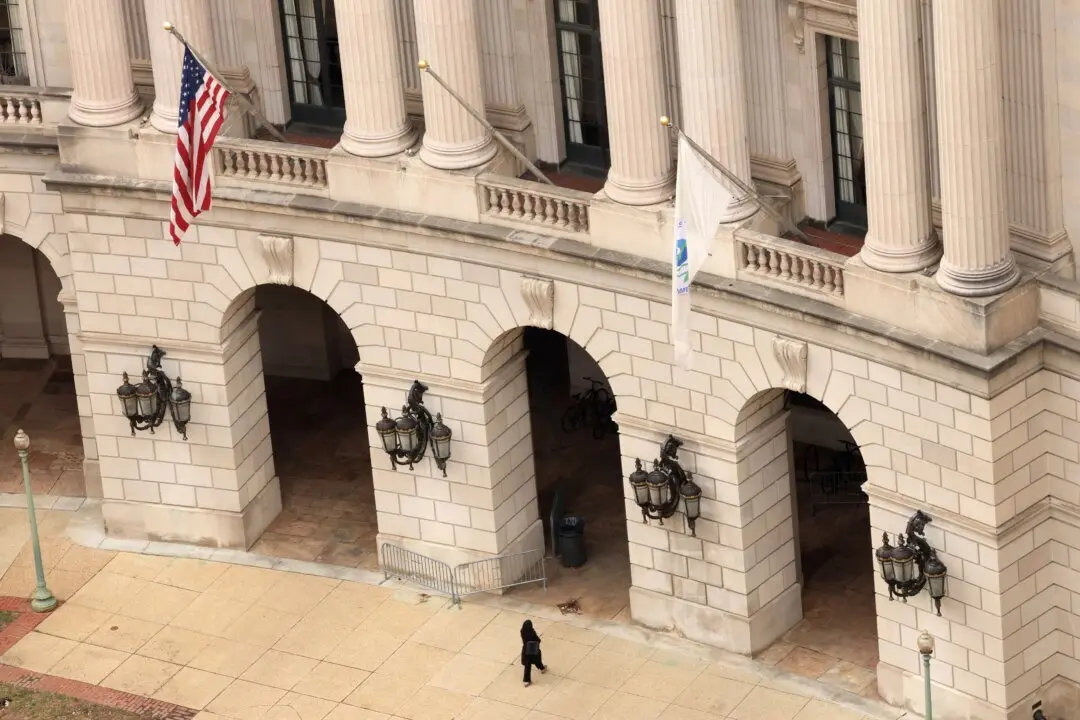U.N. experts said in a new report that nearly 2,000 child soldiers recruited by the Iran-backed Houthi rebels in Yemen died on the battlefield between January 2020 and May 2021, and the Houthis continue to hold camps and courses encouraging youngsters to fight.
In the report to the U.N. Security Council circulated Jan. 29, the experts said they investigated some summer camps in schools and a mosque where the Houthis, also known as the Yemeni Shiite rebels, disseminated their ideology and sought to recruit children to fight in their seven-year war against Yemen’s internationally recognized government, which is backed by a Saudi-led coalition.





